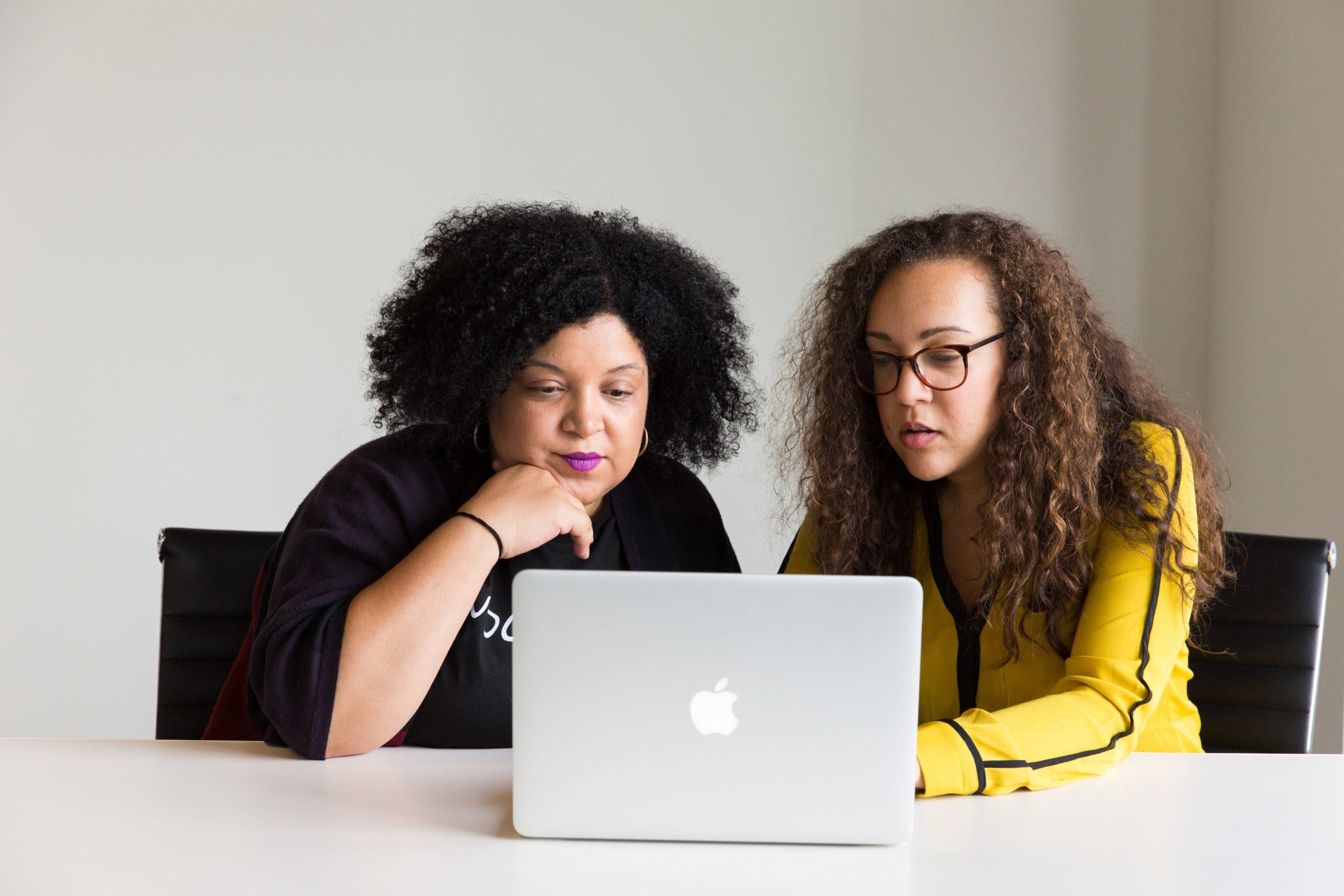Avoid these Key Obstacles to Successful Major Gift Asks
 In Part 1 of this two-part series delving into the topic of major gift fundraising asks, we looked at a number of Proven Strategies to Take Charge of Major Donor Asks. Specifically, we covered (1) four elements of a successful visit and (2) four elements of a compelling offer. Feel free to refresh yourself before we move on.
In Part 1 of this two-part series delving into the topic of major gift fundraising asks, we looked at a number of Proven Strategies to Take Charge of Major Donor Asks. Specifically, we covered (1) four elements of a successful visit and (2) four elements of a compelling offer. Feel free to refresh yourself before we move on.
Other Things You Need to Know about Asking
Now I want you to truly think about the offer from the recipient’s perspective.
As insiders, we often don’t stop to think about the outsider perspective. It’s just human nature to become so absorbed in a topic it starts to seem obvious. To us.
When crafting your compelling fundraising offer however, it’s important to stop and consider how it may be received. As noted in Part 1:
- If it’s too general or vague, it’s unlikely you’ll get the donor’s most passionate gift.
- If you offer something of little interest or relevance to the donor, they won’t give you their full attention.
- If the problem you describe is broad in scope, the idea of addressing it in any meaningful way may seem too daunting.
You can’t ask the donor to address your entire mission.
- “Ending hunger” sounds awesome to you, but impossibly unrealistic to the donor.
- “Curing cancer” sounds splendid to you, but too huge in scope to the donor.
- “Eradicating poverty” sounds vital to you, but absolutely overwhelming to the donor.
- “Becoming a world class symphony” sounds grand to you, but grandiose to the donor.
- “Saving children” may be your priority today, but you also serve seniors and that’s what the donor most cares about.
2 Vital Things to Keep in Mind Going into Asks
When crafting and making a major gift fundraising ask, make sure you incorporate the following into your planning:
Details

 Before asking, begin by assuring you and your donor are on the same page.
Before asking, begin by assuring you and your donor are on the same page.
 There’s a treasure trove of knowledge and research around major gift fundraising. What works well. What doesn’t work at all. What’s, at best, half-baked.
There’s a treasure trove of knowledge and research around major gift fundraising. What works well. What doesn’t work at all. What’s, at best, half-baked.
 The major gift journey is a synergistic one. You see, it’s both your journey and your donor’s journey.
The major gift journey is a synergistic one. You see, it’s both your journey and your donor’s journey.
 I’m sure you’ve wondered about this: Should we be accepting cryptocurrency?
I’m sure you’ve wondered about this: Should we be accepting cryptocurrency?

 Money left on the table is one of my pet peeves. It’s really beyond a peeve.
Money left on the table is one of my pet peeves. It’s really beyond a peeve.

